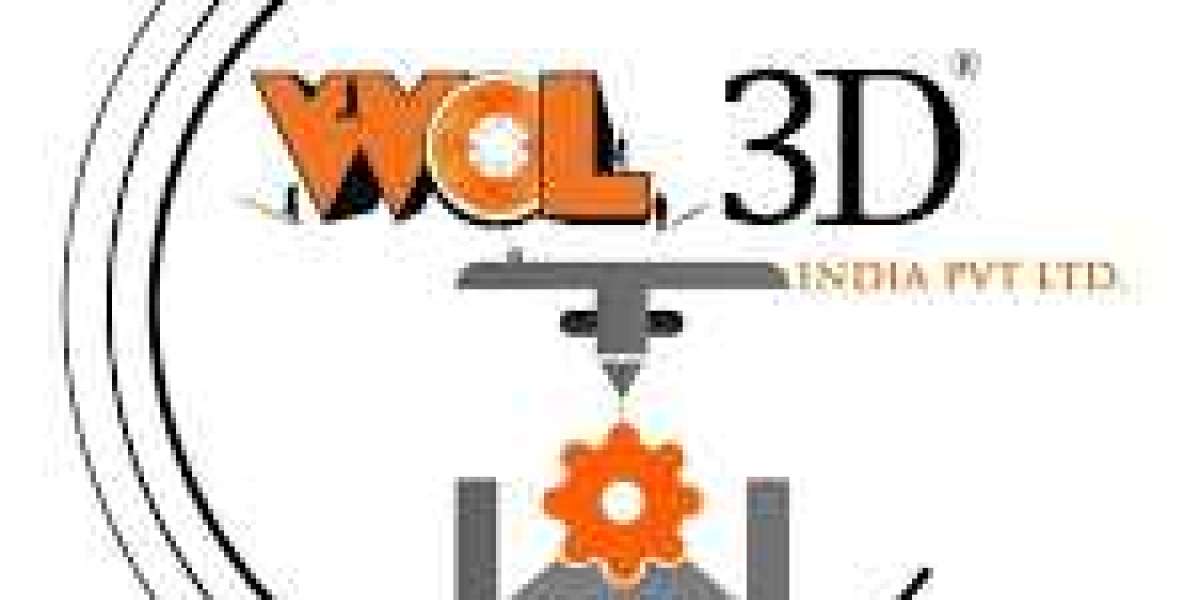Manufacturers looking to engrave identifiers such as logos, serial numbers or Data Matrix codes on metal parts turn to fiber laser marking.
As a laser system manufacturer, ATOMSTACK knows how to engrave metal efficiently.
The following are our top considerations when laser marking metal.
Choosing the Right Laser Type
Fiber lasers (top) and CO2 lasers (bottom) Different types of lasers emit specific wavelengths of light depending on their gain medium. For fiber lasers, the gain medium is fiber; for CO2 lasers, it is CO2 gas. The wavelength is important because it affects how energy is absorbed by the metal.
In general, metals respond well to fiber lasers because most of them absorb their wavelengths efficiently. Therefore, it is a good idea to choose a fiber laser when engraving these metals. CO2 lasers are rarely a good choice because their wavelengths are not well absorbed.
Gather information about the metal you are marking
Every metal has different requirements and reacts differently to the laser beam, so it is critical to know the metal you intend to mark.
Below is a list of properties of common metal materials and alloys:
Aluminum: Aluminum effectively absorbs fiber lasers and can be marked at high speed.
Steel: As a hard material, steel does not mark as fast as softer metals. White markers can be created faster than black markers. If the white color contrasts sharply with the bare metal color, it should be used to speed up laser processing.
Stainless Steel: The chromium oxide layer on the metal surface must generally remain intact to prevent rusting. In these cases, the annealing process is recommended, especially in the medical and food and beverage industries.
Anodized Aluminum: Permanent marks can be created on the anodized layer or before the anodizing process. For example, to read the identifier through the anodized layer, deeper marks are required.
Copper: Copper absorbs fiber lasers less efficiently than other metals, which means high-speed marking is not possible.
Lead: Lead is easy to mark at high speed because it is one of the metals that absorbs fiber lasers most efficiently.
Optimize laser power for your cycle time
The laser power of a pulsed laser represents the average energy it releases over time, with high energy peaks represented by pulses. High-power lasers can deliver more pulses in the same amount of time, which allows them to engrave metal faster.
Below you can find examples of marking speeds for specific applications:
Laser Marking Performance on Aluminum
Stainless steel marking time on battery
Deep engraving speed on aluminum and steel
While high-power lasers are faster, they are also more expensive. You should choose a laser power that meets your cycle time while minimizing cost. Strategies can be used to minimize laser power and reduce costs. Here are some of them:
Laser engravers can include features such as a turntable to reduce cycle time.
Unimportant information can be removed to reduce the size of the identifier.
Laser configuration (parameters and optics) can be optimized for faster marking.
Choosing the Right Laser Marking Process
Some laser processes remove material from the surface, while others discolor the surface through a chemical reaction. Therefore, certain metals require specific laser marking processes.
The following are the effects of different processes on metal surfaces:
Laser Etching: As the fastest marking process, laser etching is the recommended method that prioritizes high-speed marking. This process creates a raised mark on the metal surface.
Laser Engraving: Laser engraving is slower but stronger, ensuring you get a permanent mark even if your workpiece is surface treated or subject to high wear. When laser engraver for metal, the laser beam penetrates deep into the material, just like laser cutting.
Laser Annealing: This process is used to protect bare metal or its protective coating. Unlike other options, it does not remove material from metal surfaces. Instead, it discolors the metal through a chemical reaction (passivation) that occurs under the surface.
Deep Carving: Deep carving is slower than other processes because it removes more material. It is often used to create deeper, more aesthetically pleasing marks such as logos, stamped plates and die inserts.
Consider post-processing
Laser marking will take more time if the metal surface you are engraving has been post-processed during manufacturing. This is because post-processed metal parts often require deeper engraving to remain readable.
To keep up with your cycle times, the laser power can be increased, or a turntable can be installed to engrave parts while loading other parts.
Here is an example of a patented shot-peening-resistant laser engraving:
Minimize the amount of encoded information
QR codes and QR codes If you want to mark traceability, QR codes and QR codes are great options because barcode readers can read them more reliably than serial numbers. They can also encode more information in a smaller area.
These codes consist of black and white modules or cells arranged in a square or rectangular pattern. For example, a barcode can be 18 modules wide and 18 modules high (18x18).
Code with more information requires more modules, which results in larger code or smaller cells. This causes two problems:
Larger codes require more marking time or more laser power.
Cells that are too small are more difficult for barcode readers to read and may affect the reliability of traceability.
If your traceability requirements are flexible, it is best to minimize the amount of information you encode. This will help you meet your cycle time or reduce the power required by the laser, thereby reducing its cost.
For example, if you upgrade from a 100W laser to a 50W laser, you can save thousands of dollars. Going from 20 characters to 8 characters can go a long way.
Manage dust generated during metal engraving
When laser engraving metal, metal dust released in the air can affect the performance of the laser. Some processes generate more dust than others because they remove more material.
For example, deep laser engraving is the process that generates the most dust, while laser annealing does not.
To ensure proper dust management, you should select features based on the amount of dust generated:
An air knife or blower can be installed to blow dust away from the lens, preventing dust from accumulating.
A dust collector is required to keep the air clean and prevent dust from accumulating in the laser marker.
The laser head can be properly designed for environmental protection to ensure that it is dust and waterproof.
in conclusion
We hope this article helped you choose the right laser system for your metal marking needs. Proper consideration can save you a lot of time and money.










